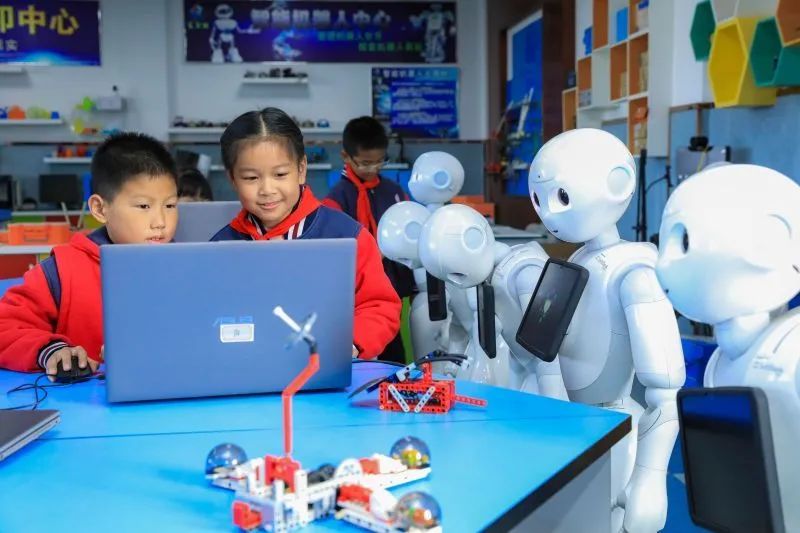

1. AI and Programming
1. Programming is the means to achieve artificial intelligence. The development of AI relies on a large number of algorithms and models, which need to be implemented through programming. Programmers use various programming languages, such as Python, Java, C++, etc., to write code that builds AI systems, enabling them to learn, reason, and make decisions.
2. Artificial intelligence drives the development of programming technologies. With the rise of AI, new programming technologies and tools continue to emerge. For example, the emergence of deep learning frameworks like TensorFlow and PyTorch provides more efficient programming methods for developing AI applications. At the same time, AI also encourages programming to focus more on data processing, algorithm optimization, and model training.
2. Robotics and Programming
1. Programming gives robots intelligence and behavior. The movements and functions of robots are controlled through programming. Programmers write code to control the robot’s movement, perception, and decision-making, enabling it to perform various tasks. For example, programming can enable robots to navigate autonomously, grasp objects, and interact with humans.
2. Robots provide a practical platform for programming. Robots are one of the practical application scenarios for programming. By programming robots, one can better understand the principles and methods of programming. At the same time, the complexity of robots requires programmers to possess higher programming skills and problem-solving abilities.
3. AI and Robotics
1. Artificial intelligence makes robots smarter. AI technologies can endow robots with a higher level of intelligence, enabling them to better adapt to complex environments and tasks. For example, through AI algorithms, robots can achieve autonomous learning, decision-making, and planning, improving their work efficiency and accuracy.
2. Robotics is an important application field of artificial intelligence. Robots are one of the important carriers for AI technology, and AI can be widely applied in robots. For example, robots can be equipped with AI chips to achieve functions such as speech recognition, image recognition, and natural language processing, providing people with more convenient services.
In summary, artificial intelligence, robotics, and programming are interrelated and mutually reinforcing. Programming is the means to achieve AI and control robots, AI makes robots smarter, and robots provide a practical platform for programming and AI.